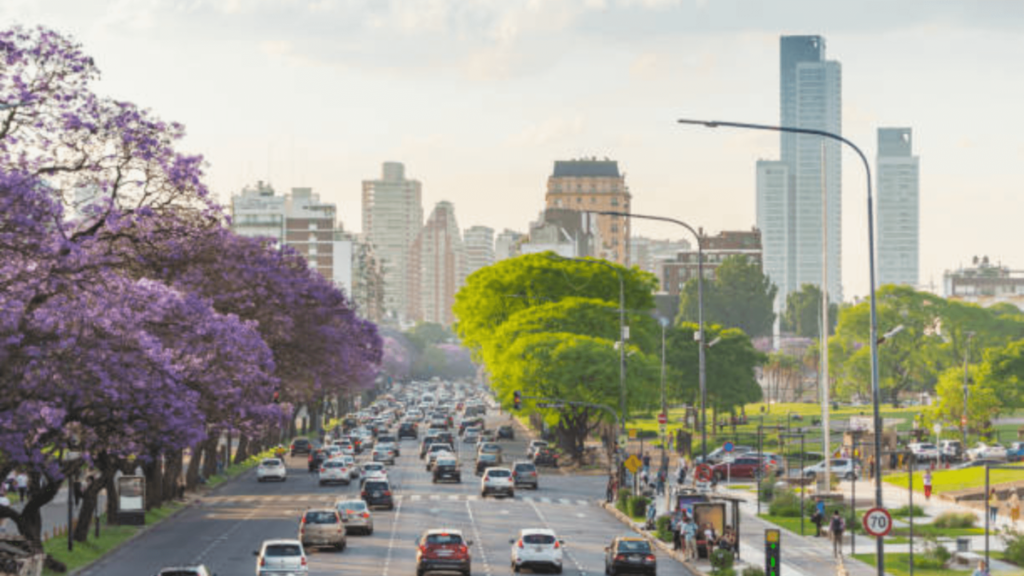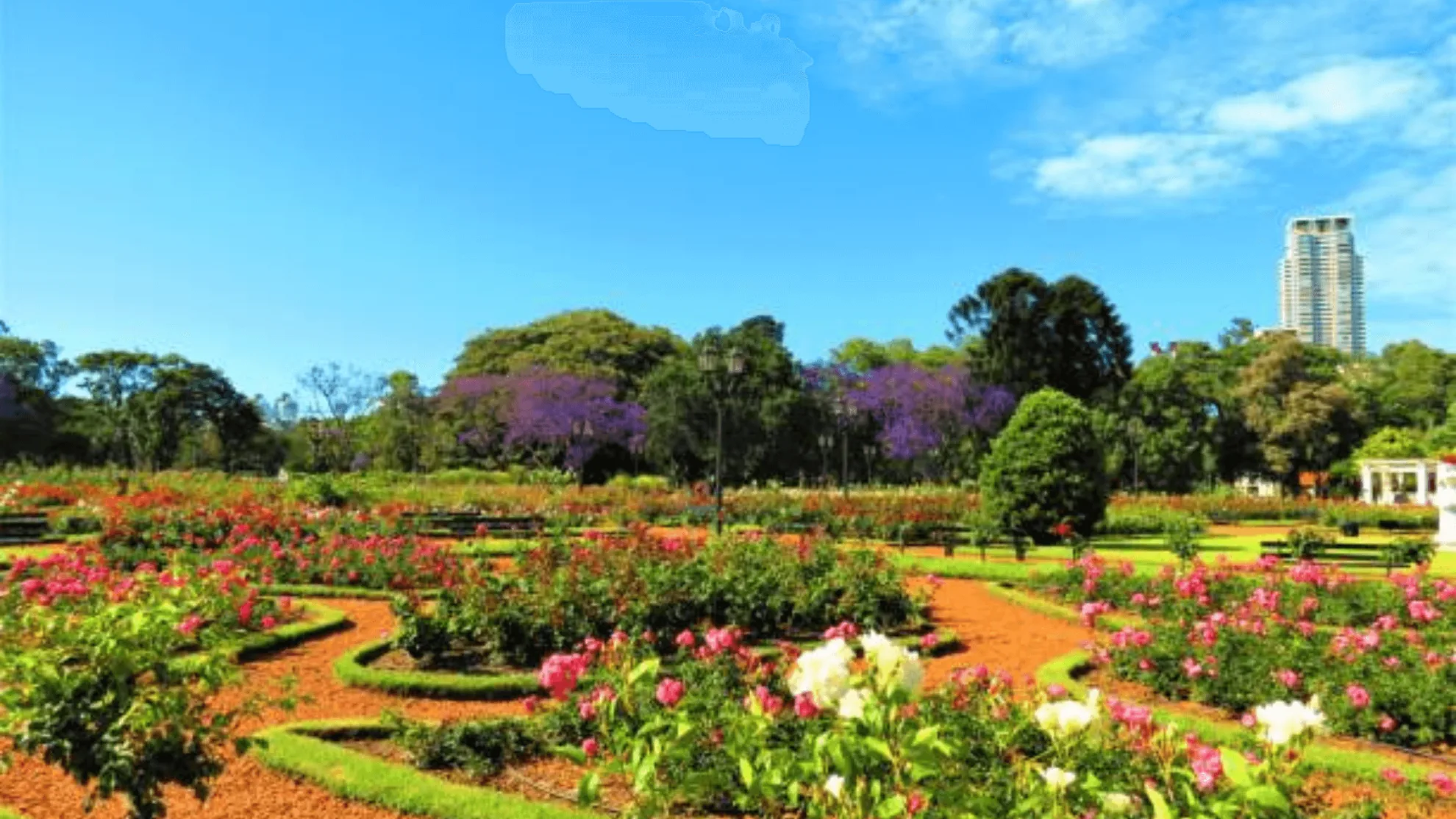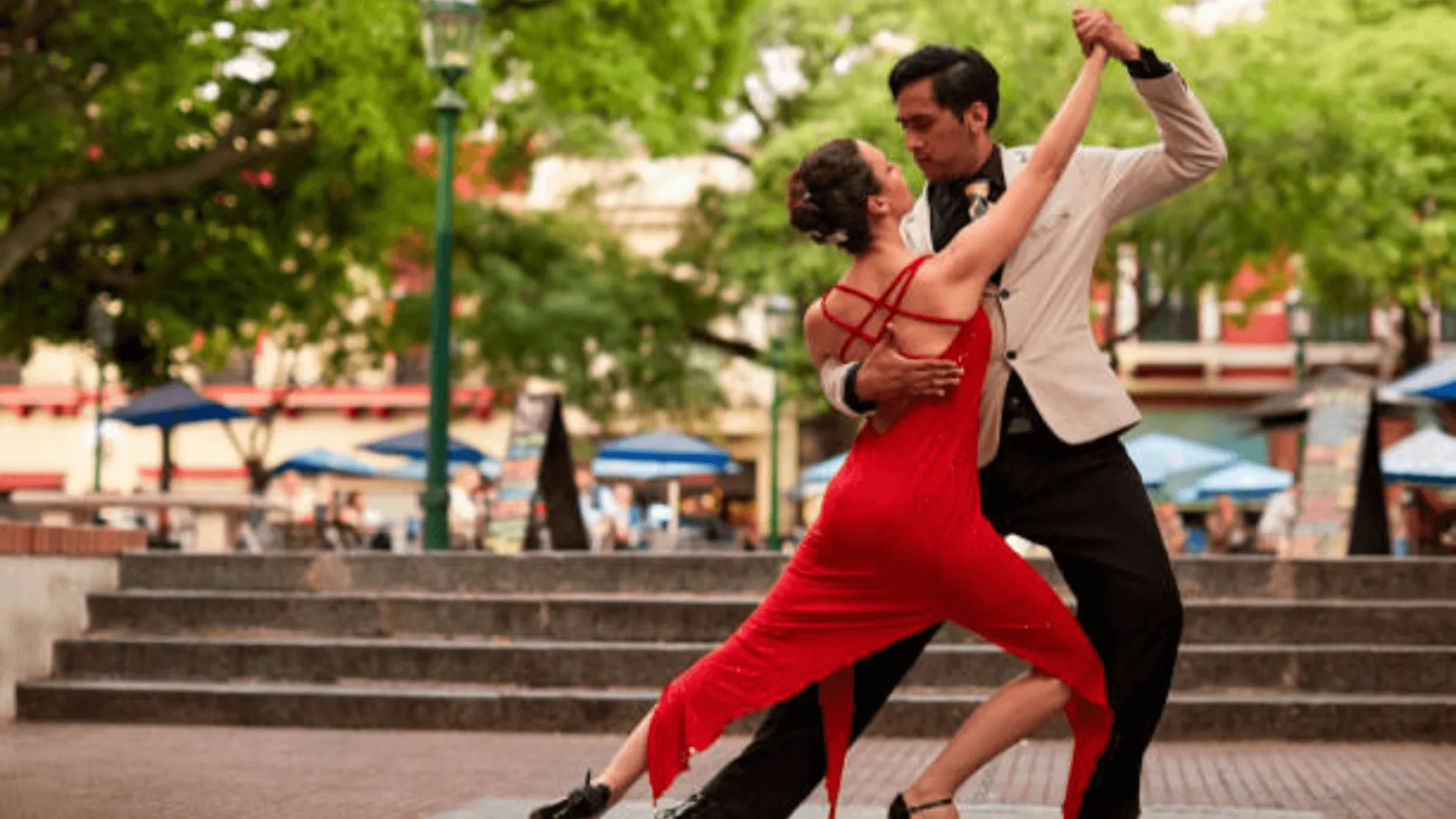Buenos Aires, Argentina's bustling capital, is a city defined by its neighborhoods, each offering a unique blend of history, culture, and character. From popular and cosmopolitan districts to historic enclaves rich in tradition.
Explore these diverse barrios are essential to experiencing the true essence of Buenos Aires. Whether you’re a first-time visitor or a local rediscovering your city, there’s no better way to understand Buenos Aires than by wandering its vibrant streets.
In this guide, we’ll explore ten of Buenos Aires’ safest and most welcoming neighborhoods, perfect for tourists eager to immerse themselves in the city’s multifaceted personality.

Best Neighborhoods In Buenos Aires
1. Palermo
In the north center of the city of Buenos Aires, Palermo is the largest neighborhood, renowned for its hip, trendy vibe, street art and verdant parks. Divided into sub-districts like Palermo Soho and Palermo Hollywood, this area is synonymous with stylish boutique hotels, artisanal coffee shops, and world-class dining. The sprawling Bosques de Palermo offers lush and rose gardens, serene lakes, and walking trails perfect for an afternoon escape.
Art lovers will appreciate the MALBA Museum, showcasing contemporary Latin American art, while foodies can savor Argentine flavors at Don Julio, a legendary steakhouse, or on an amazing neighborhood food tour. Palermo is a hub for young travelers, creatives, and anyone looking for lively nightlife at bars and clubs like Niceto Club.
- How to get there? Accessible by subway (Line D) and buses, Palermo is best explored during the day or early evening.

2. Recoleta
Adjacent to Palermo and in the north of the city center, Recoleta exudes elegance and history. Famous for its European-style architecture and opulent mansions and luxury hotels, this neighborhood is home to the Recoleta Cemetery, where Eva Perón rests. The Museo Nacional de Bellas Artes and the cultural center housed in the former convent are must-visits for art and history enthusiasts.
Stroll along Avenida Alvear, lined with luxury boutiques, or relax at Plaza Francia, a lively spot for weekend artisan markets. Recoleta is ideal for those seeking sophistication and cultural enrichment.
- How to get there? Subway (Line D) or a short taxi ride from downtown.

3. San Telmo
From the south of the city center, San Telmo it's Buenos Aires’ oldest neighborhood that charms the visitors with its bohemian flair and cobblestone streets and antique market. Known for its Sunday Feria de San Telmo at the Plaza Dorrego, an outdoor market brimming with antiques, crafts, and live tango performances, this neighborhood offers a nostalgic glimpse into the city’s past.
Café Tortoni and El Zanjón de Granados are notable stops for history buffs, while casual diners will enjoy authentic empanadas at El Hornero. San Telmo’s creative energy attracts artists, writers, and anyone who loves vintage vibes. In addition to everything we have told you, you can also take a tour of this incredible neighborhood.
- How to get there? Easily reachable by subway (Line C) or bus. Visit during daylight hours for the best experience.

4. Puerto Madero
East of downtown and along the Río de la Plata, Puerto Madero’s sleek skyline and waterfront appeal make it a modern oasis within the city. Once an industrial dockland, it has been transformed into a polished district featuring upscale restaurants, luxury hotels, and the iconic Puente de la Mujer bridge.
It`s a great place for nature lovers to explore the Reserva Ecológica Costanera Sur, a peaceful green space ideal for walking or birdwatching. The area is perfect for couples, business travellers, and fans of modern architecture.
- How to get there? A short walk from downtown or by bus. Best visited during the day or for an early dinner.

5. La Boca
At the southeast of the city center, La Boca is a colorful neighborhood bursting with character and creativity. Famous for its vibrantly painted houses and Caminito street, this artistic enclave is a photographer’s dream. The area is also home to La Bombonera, the legendary stadium of Boca Juniors football club.
Art galleries, street performers, and tango shows make La Boca a lively destination. However, visitors should explore during daylight hours and avoid wandering outside the main tourist areas.
- How to get there? Take a taxi or bus, as it’s not directly accessible by subway.

6. Villa Crespo
Adjacent to Palermo, northwest of the city center, Villa Crespo is a quieter, more authentic alternative to Palermo’s bustling energy. Known for its Jewish heritage, it offers a mix of old-world charm and modern appeal. Fashion enthusiasts will love its outlet stores, while foodies can indulge in Middle Eastern delicacies at El Chiri de Villa Kreplaj.
This neighborhood suits those seeking a less touristy experience in a relaxed setting.
- How to get there? Accessible by subway (Line B) and buses.

7. Belgrano
At the North of Palermo, Belgrano combines peace with urban sophistication. Its tree-lined streets, historic architecture, and charming plazas make it a favorite among families and retirees. The Barrancas de Belgrano park and the Chinatown area are popular attractions.
- How to get there? Subway (Line D), Mitre train or buses.

8. Caballito
From the central of Buenos Aires, Caballito offers a mix of old and new, with historic landmarks like the English-style tram and the Parque Centenario, a large park with a weekend flea market and small book stores. This neighborhood is ideal for families and casual visitors looking for an off-the-beaten-path experience.
- How to get there? Subway (Line A) or buses.

9. Chacarita
At the west side of Palermo, Chacarita is a rising star among Buenos Aires neighborhoods. Known for its expansive Chacarita Cemetery, this area offers a mix of peace and trendiness. The neighborhood boasts stylish coffee shops like Cuervo Café, up-and-coming restaurants, and cultural spaces like the Santos Dumont 4040 music venue.
Chacarita appeals to those seeking hidden gems and a peaceful and modern atmosphere.
- How to get there? Subway (Line B) or buses.

10. Almagro
West of downtown, Almagro is a hub for tango enthusiasts, with milongas and tango halls offering authentic experiences. Its the best place for a vibrant nightlife and casual eateries appeal to younger crowds and music lovers.
- How to get there? Subway (Line A) or buses.

Experience the Heart of Buenos Aires
Buenos Aires is a city of endless stories, each told through its dynamic and distinctive neighborhoods. From the bohemian streets of San Telmo to the sophisticated charm of Recoleta and the bustling energy of Palermo, there’s a corner of the city for everyone to discover.
Whether you’re savouring empanadas, dancing tango, or marvelling at historic landmarks, these ten neighborhoods promise a safe and memorable adventure. So pack your bags, lace up your walking shoes, and get ready to explore the vibrant tapestry of Buenos Aires!
